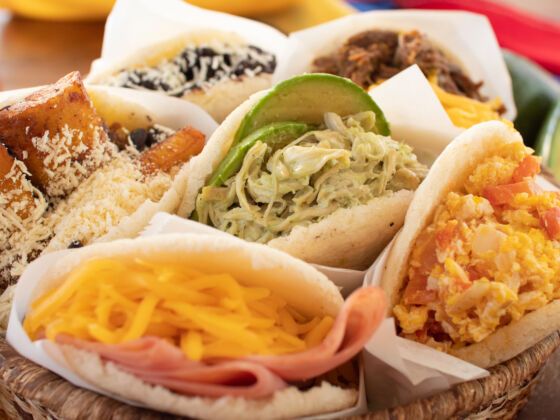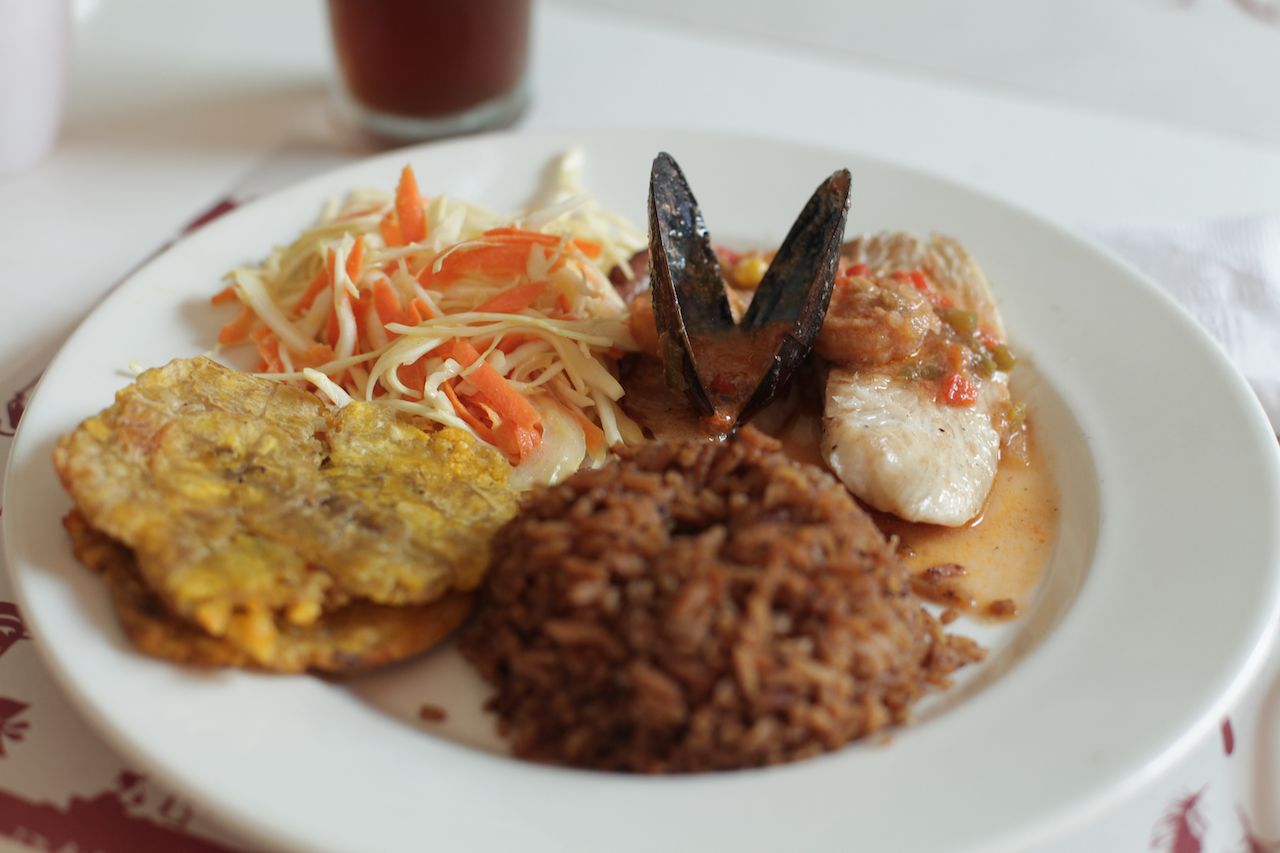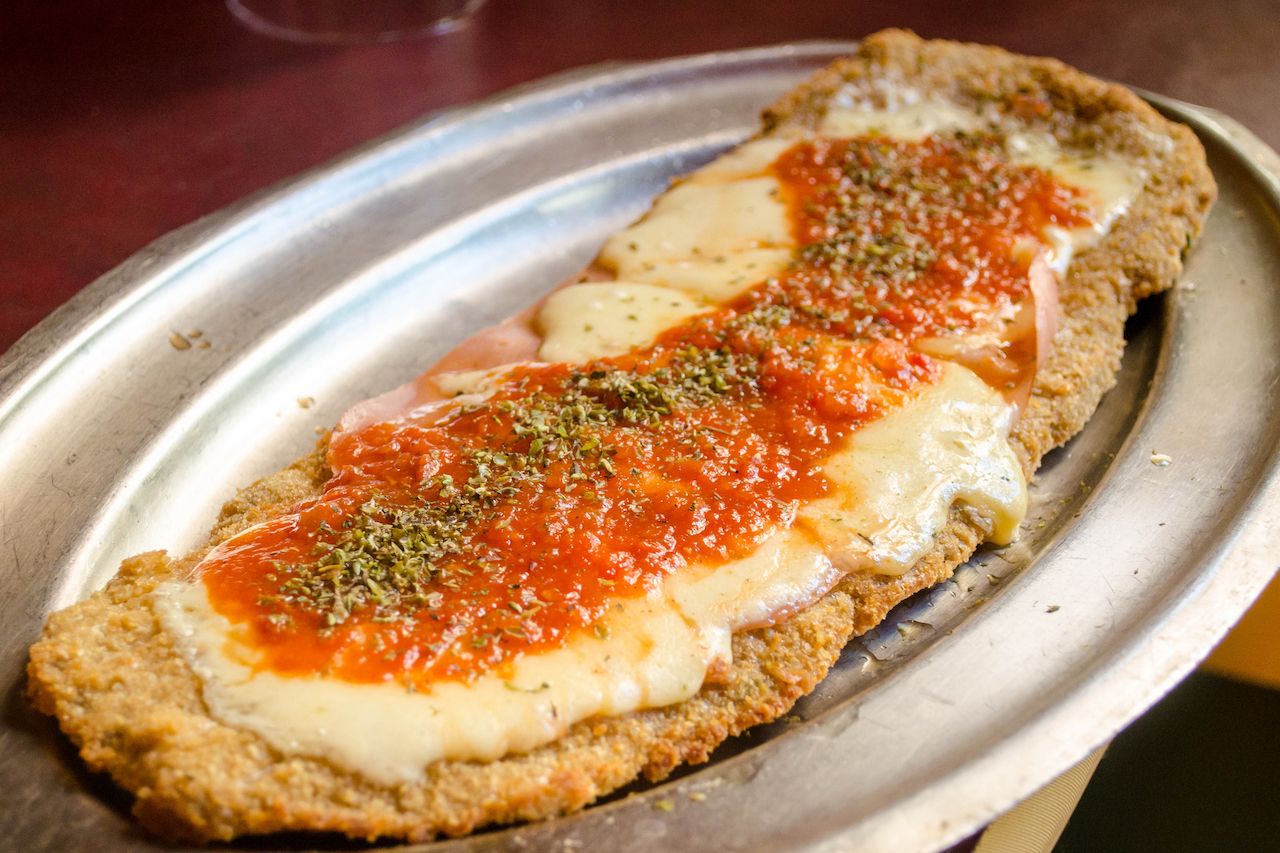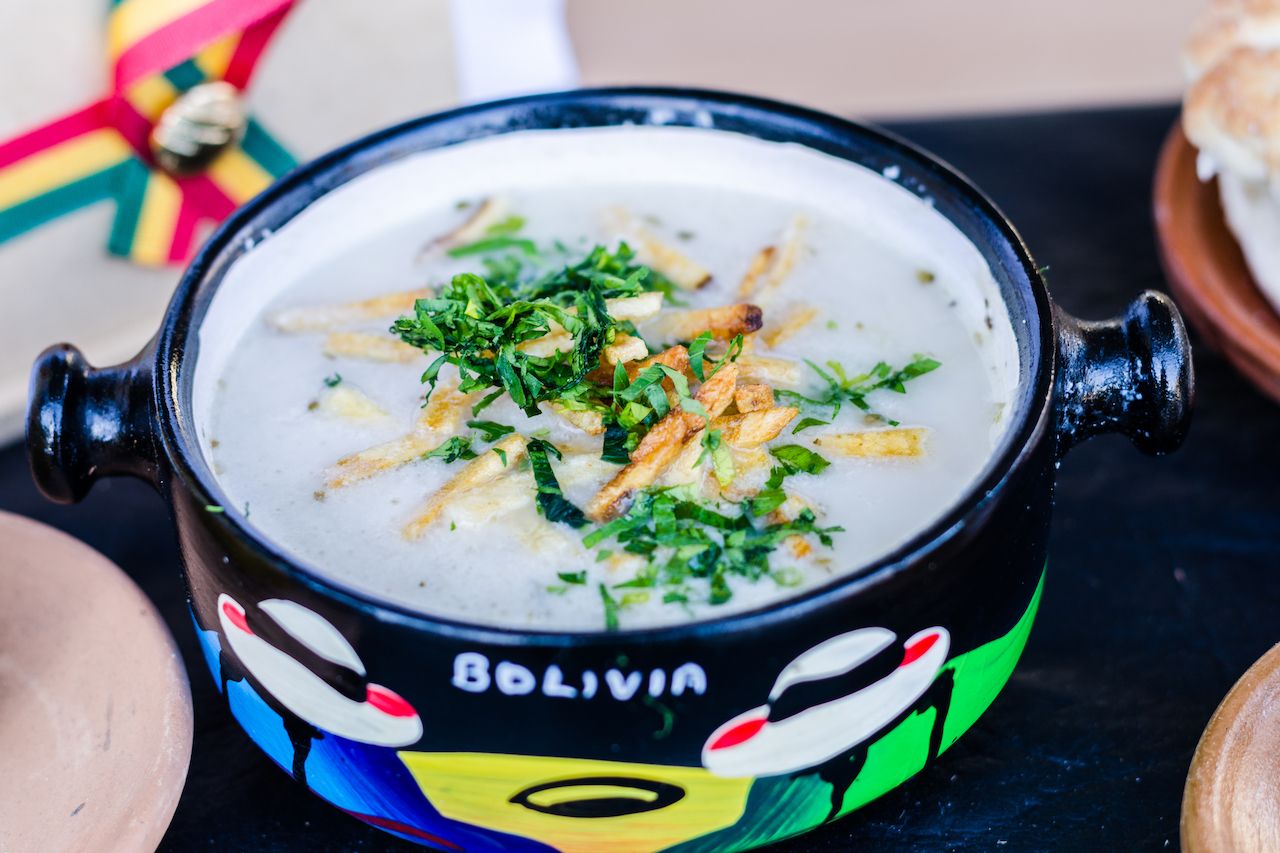There’s nothing quite like sitting down to a home cooked meal with our loved ones. In South America, many of the most loved dishes have been perfected by moms and grandmothers over a lifetime and then passed down to the next generation.
“Throughout history … there is no doubt that women have been the guardians of culinary knowledge,” writes Chilean author and anthropologist Sonia Montecino Aguirre in her book La Olla Deleitosa: Cocinas Mestizas de Chile. While Montecino Aguirre focuses on Chile, her words reflect broader South American history too: “When we speak of fusion in Chilean kitchens, we cannot forget the role played by women in the continuity or adaptation of dishes, in their adoption or rejection of different culinary practices, in the creation and recreation of various techniques,” she adds. Despite modern pressures, women continue to be central to South American cooking — women were responsible for preparing meals in 93 percent of Latin American households surveyed by Kantar in 2018.





